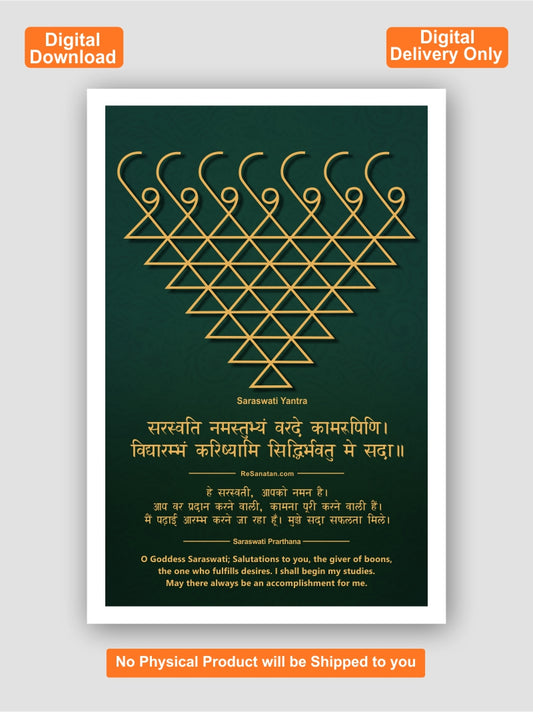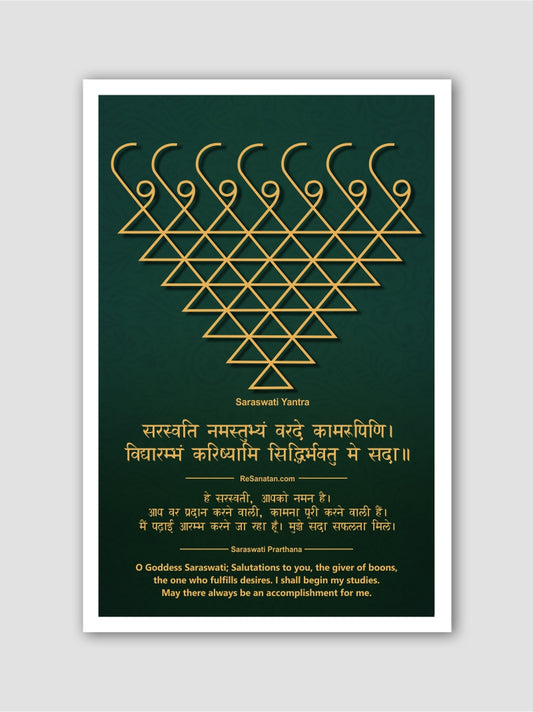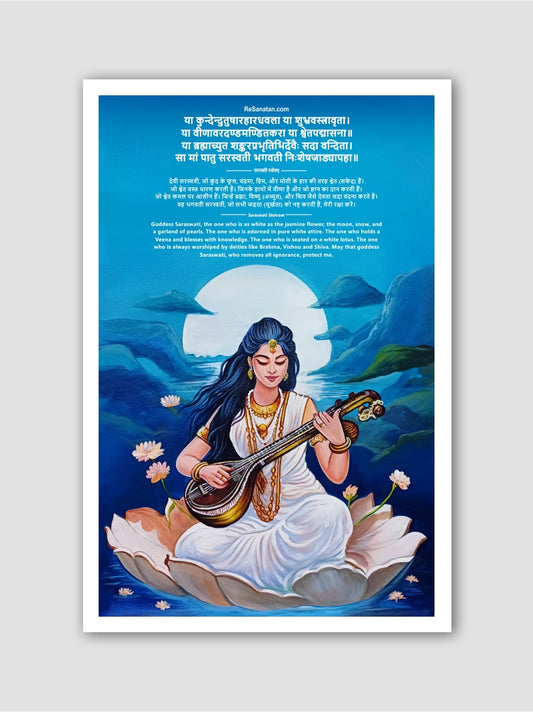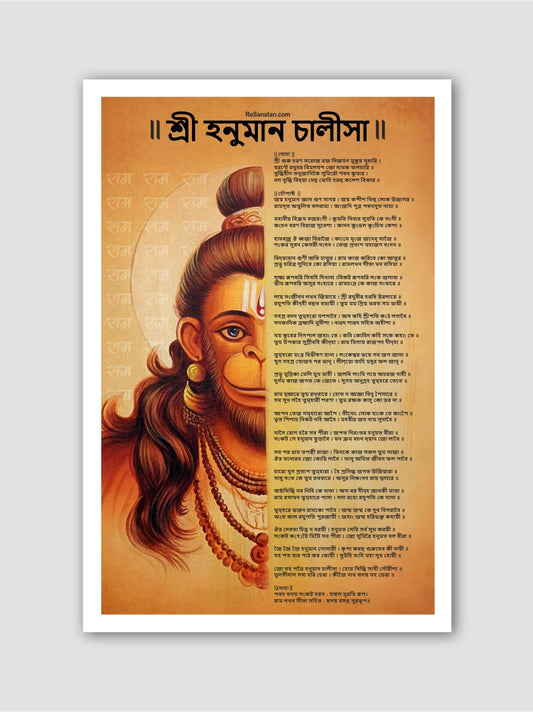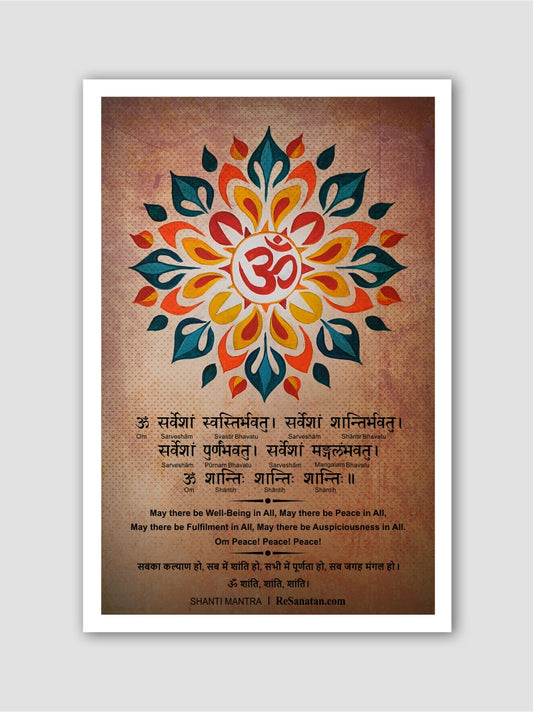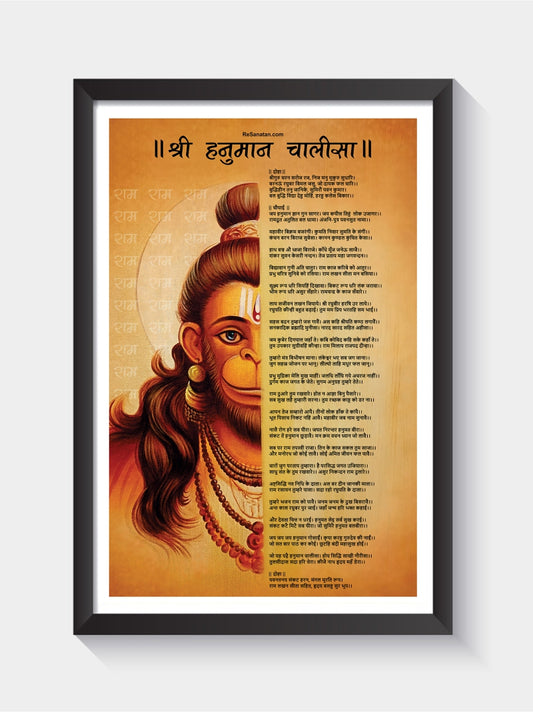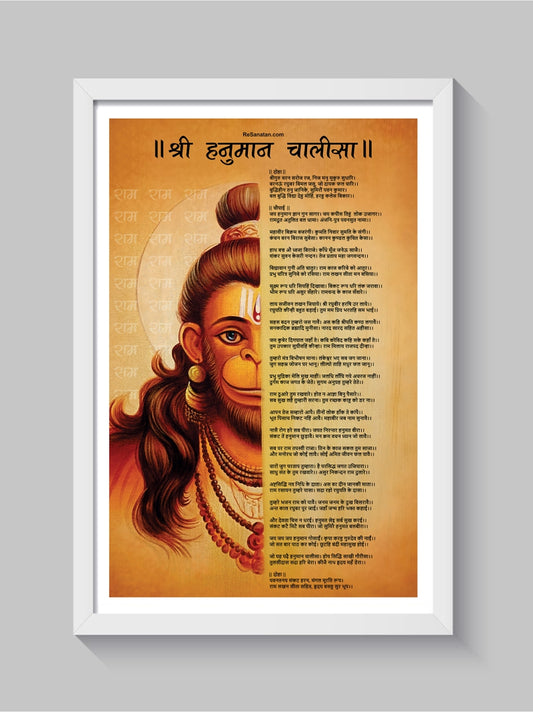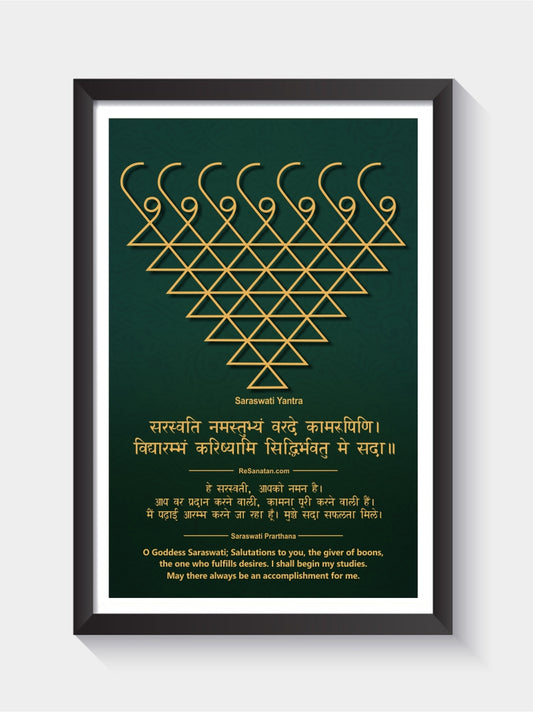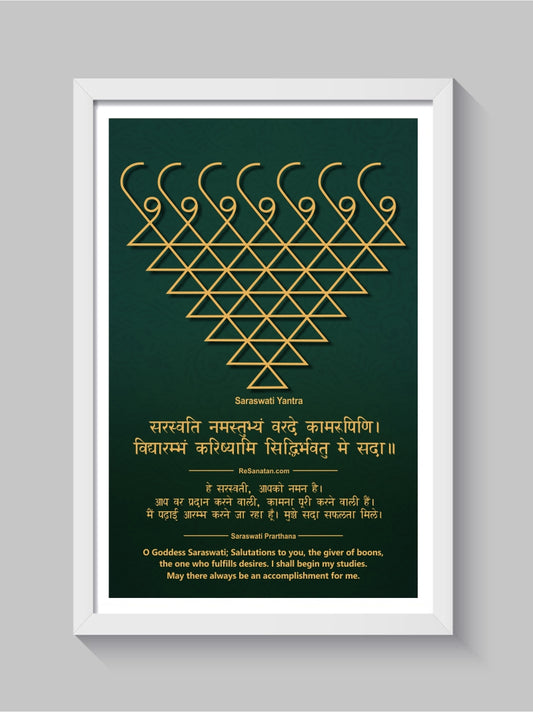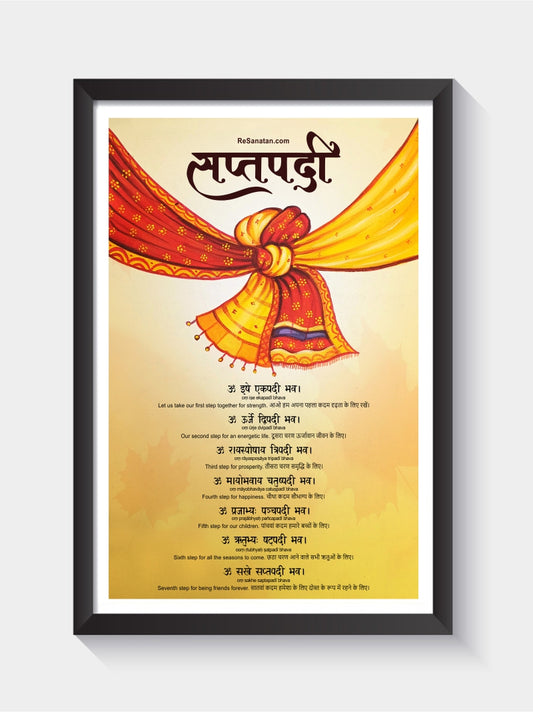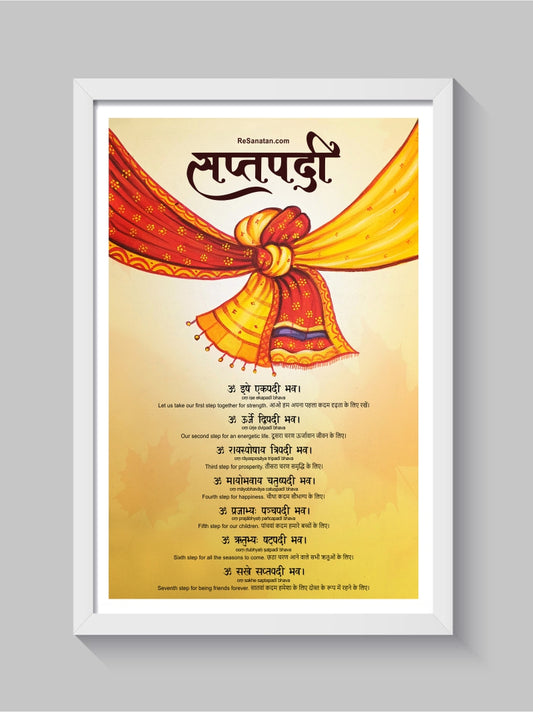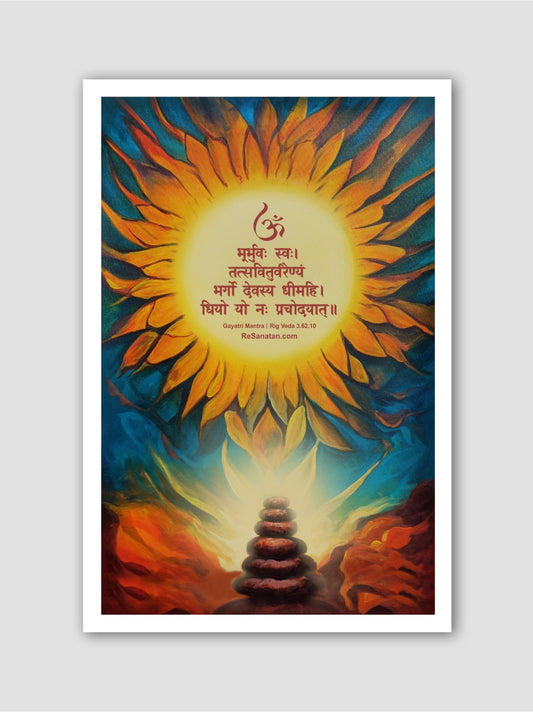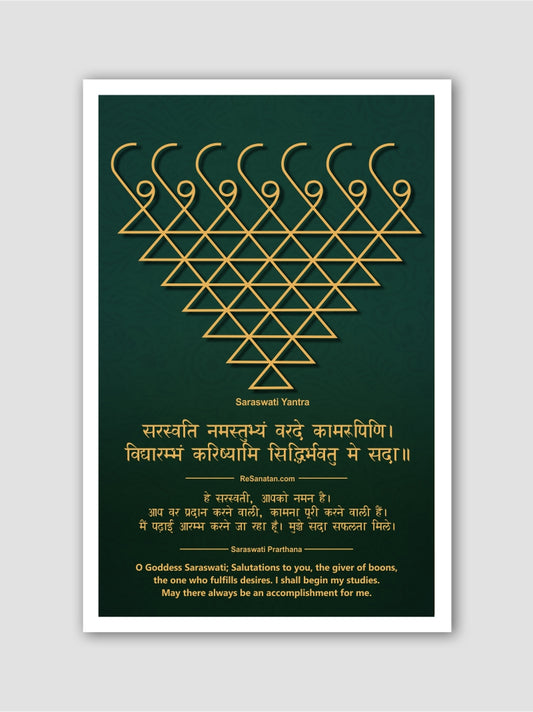Hare Krishna Mantra: Meaning, History, and Spiritual Significance in Bhakti Yoga
Share
The Hare Krishna mantra, also known as the Maha Mantra ("Great Mantra"), is one of the most widely known and chanted mantras in Hinduism, particularly within the Gaudiya Vaishnavism tradition and the International Society for Krishna Consciousness (ISKCON). The mantra is primarily dedicated to Lord Krishna and his energy (shakti) Radha, and it is considered a means of spiritual awakening and attaining moksha (liberation). This sacred chant has gained global recognition due to its simplicity, profound meaning, and the widespread efforts of ISKCON, also known as the Hare Krishna movement.
The mantra consists of the following sixteen words:
Hare Krishna, Hare Krishna,
Krishna Krishna, Hare Hare
Hare Rama, Hare Rama,
Rama Rama, Hare Hare
This mantra has become central to the devotional practices of Krishna worshippers, where it is often repeated in japa (repeated recitation) or sung in public gatherings known as kirtans. It is considered a powerful tool for attaining inner peace, divine connection, and spiritual enlightenment through devotion to Krishna.
Meaning and Structure of the Hare Krishna Mantra
At first glance, the mantra might appear simple due to the repetition of names, but its profound meaning lies in these divine names and their ability to cleanse the mind, connect the devotee to God, and invoke divine presence. Let’s break down the meaning of each term within the mantra.
The Three Key Terms: Hare, Krishna, and Rama
The mantra is primarily composed of three names: Hare, Krishna, and Rama. Each of these words holds deep spiritual significance, drawing from ancient Vedic traditions and the broader context of Vaishnavism (the worship of Vishnu and his incarnations, including Krishna and Rama).
1. Hare:
The word "Hare" is a direct invocation of the divine feminine energy (shakti) of God, often identified as Radha, Krishna’s eternal consort. In this context, Radha is seen as the embodiment of divine love, devotion, and the energetic principle that connects the soul to God.
"Hare" can also be interpreted as a call for divine help, grace, or intervention. It expresses the soul’s plea for connection with God, surrendering to the divine will and seeking liberation from material bondage. In this sense, it represents the essence of bhakti—complete and selfless devotion to God.
From a theological standpoint, "Hare" is the expression of yearning for God’s mercy, symbolizing the emotional appeal to Krishna’s compassionate and loving nature.
2. Krishna:
The name "Krishna" refers to the supreme personality of Godhead, as believed by the followers of Vaishnavism, and is one of the most beloved deities in Hinduism. The literal meaning of Krishna is “all-attractive.” Krishna represents the source of all beauty, joy, knowledge, and power, making him irresistibly attractive to the soul.
In the mantra, chanting "Krishna" is a direct invocation of the divine presence. It acknowledges Krishna’s role as the supreme being and the embodiment of love and bliss. According to Hindu scriptures, Krishna is both the creator and the sustainer of the universe, and by invoking his name, devotees are calling upon his divine qualities and inviting his protection and guidance into their lives.
The repetition of Krishna’s name in the mantra reflects the depth of devotion and the desire to stay constantly connected with the divine through remembrance and meditation.
3. Rama:
The term "Rama" has two primary interpretations within the context of this mantra:
Rama as Lord Ramachandra: In one interpretation, "Rama" refers to Lord Ramachandra, an incarnation of Vishnu and the hero of the ancient Hindu epic, the Ramayana. Lord Rama is celebrated as the embodiment of righteousness (dharma), virtue, and moral integrity. Chanting "Rama" can therefore be seen as an invocation of these qualities, seeking protection and moral strength from the divine.
Rama as a name for Krishna: In another interpretation, "Rama" refers to a name for Krishna, meaning “the source of all pleasure” or “one who gives joy.” In this context, "Rama" highlights Krishna’s role as the provider of spiritual bliss and fulfillment. The name also signifies the joy that comes from the devotee’s relationship with God.
Both interpretations emphasize Rama’s association with divine joy, fulfillment, and the moral ideals that devotees strive to embody in their lives. In this mantra, "Rama" symbolizes the supreme joy that comes from engaging in loving service to God.
Structure of the Mantra
The Hare Krishna mantra follows a simple, repetitive structure, which serves a specific purpose in spiritual practice. The mantra consists of sixteen words, divided into four phrases:
1. Hare Krishna, Hare Krishna
2. Krishna Krishna, Hare Hare
3. Hare Rama, Hare Rama
4. Rama Rama, Hare Hare
The structure alternates between calling on Hare, the divine energy of God, and invoking the names Krishna and Rama, which represent the male aspect of the divine. This repetition allows for deep concentration and immersion in devotion. The repetition of Krishna and Rama's names ensures that the devotee remains continuously focused on the presence of God, while calling on "Hare" represents the plea for divine grace and connection.
The design of the mantra is intentional—it creates a rhythm that helps the mind focus during meditation or japa (the repetitive recitation of the mantra). The repetitive nature of the mantra has a calming and purifying effect on the mind, drawing the practitioner away from worldly distractions and deeper into spiritual contemplation.
Symbolic Significance of Repetition
The repetition of divine names in the mantra serves several purposes:
1. Purification of the Heart and Mind: The more the mantra is chanted, the more it purifies the practitioner’s heart and mind. It is believed that the continuous repetition of God’s names helps cleanse the devotee’s consciousness of material desires and attachments, bringing them closer to spiritual realization. The mantra acts as a spiritual sound vibration that penetrates deeply into the soul, dissolving ego and material illusions.
2. Mantra Meditation: Repetition is central to the practice of mantra meditation in Bhakti Yoga. By chanting the mantra over and over, either silently or aloud, the devotee keeps the mind fixed on God. This meditation technique is considered one of the simplest and most effective ways to achieve a state of inner peace and divine connection.
3. Focus and Concentration: The repetitive structure of the mantra aids in developing focus and concentration. It trains the mind to move away from distractions and focus on the divine presence. Over time, as the mind becomes absorbed in the sound of the mantra, the practitioner experiences deeper states of meditation and connection with Krishna.
4. Emotional Expression: Each word in the mantra expresses a different aspect of devotion. The repeated invocation of "Hare" expresses the longing for divine grace, while the repetition of "Krishna" and "Rama" brings the devotee into closer communion with the personal form of God. This alternation between calling on divine energy and directly addressing Krishna and Rama allows the devotee to express both their love and their yearning for the divine.
Simplicity and Accessibility
One of the most significant features of the Hare Krishna mantra is its simplicity. Unlike some other mantras that require specific pronunciation or rituals, the Hare Krishna mantra is easily accessible to everyone, regardless of their religious background, level of education, or social standing. It can be chanted anywhere and at any time, making it a practical tool for spiritual growth in everyday life.
The mantra’s structure, while simple, is profound in its ability to produce spiritual transformation. It does not require the practitioner to have deep theological knowledge or perform complex rituals—rather, it relies on the power of the holy names of God, which are believed to be non-different from God himself. Thus, by chanting these names, the practitioner is thought to be directly in contact with the divine.
Origins and Historical Background
The exact origins of the Hare Krishna mantra are unclear, but it is deeply rooted in the Bhakti (devotional) traditions of Hinduism, particularly the Gaudiya Vaishnavism movement, which emerged in Bengal in the 16th century. The mantra became prominent through the teachings of Chaitanya Mahaprabhu (1486–1534), who is regarded as an incarnation of Krishna by his followers. Chaitanya Mahaprabhu emphasized the importance of chanting the holy names of God (known as nama-sankirtana) as the most effective means of attaining spiritual liberation in the present age, known as Kali Yuga.
According to the Vedic scriptures, the practice of chanting the holy names of God is the most accessible form of worship in the Kali Yuga, an age characterized by widespread moral and spiritual decline. Chaitanya Mahaprabhu encouraged his followers to chant the Hare Krishna mantra as the surest way to achieve spiritual awakening and transcend the material world. His teachings, particularly about the Hare Krishna mantra, spread widely, forming the basis of the Gaudiya Vaishnavism tradition, which remains influential today.
The Role of ISKCON in Popularizing the Mantra
The International Society for Krishna Consciousness (ISKCON), founded by A.C. Bhaktivedanta Swami Prabhupada in 1966 in New York City, played a significant role in bringing the Hare Krishna mantra to global prominence. Known as the "Hare Krishna Movement," ISKCON's mission was to propagate Krishna consciousness through the chanting of the Hare Krishna mantra, devotional service, and the teachings of the Bhagavad Gita and Bhagavata Purana.
Swami Prabhupada translated ancient Sanskrit texts, wrote commentaries, and inspired his followers to chant the Hare Krishna mantra as the primary means of spiritual realization. He emphasized that this simple yet powerful mantra could be chanted by anyone, regardless of their background, religion, or social standing.
ISKCON centers worldwide conduct regular public chanting sessions (Harinama Sankirtana), where devotees sing the Hare Krishna mantra in groups, often accompanied by traditional musical instruments like the mridanga (drum) and kartals (cymbals). These public chanting events, known as kirtans, are a core aspect of ISKCON’s outreach efforts and have contributed to the global popularity of the mantra. As a result, the Hare Krishna mantra is now chanted by millions of people across the world, transcending religious and cultural boundaries.
Practices Associated with the Mantra
The chanting of the Hare Krishna mantra can be done in different ways, each serving a specific purpose in the practice of Bhakti Yoga.
Japa: This refers to the private, meditative repetition of the mantra, usually performed with a set of beads known as a japa mala. Devotees are encouraged to chant at least one round of the mantra (108 repetitions) daily as a form of personal spiritual practice.
Kirtan: Kirtan is the congregational chanting of the Hare Krishna mantra, often accompanied by musical instruments. It is a joyful and energetic expression of devotion, where participants sing the mantra together in a call-and-response format. Kirtan is a central practice in ISKCON temples and is considered an essential part of devotional life.
Harinama Sankirtana: This refers to public chanting sessions, where devotees take the mantra into the streets, marketplaces, and public spaces, sharing the sound of Krishna’s names with the broader community. It is seen as both a form of devotion and an act of spiritual outreach.
Global Impact and Influence
The Hare Krishna mantra, through ISKCON and the global spread of the Bhakti tradition, has transcended religious, cultural, and geographic boundaries. Today, it is chanted by millions of people worldwide, including those outside the Hindu faith. It has been incorporated into diverse spiritual practices and even popular culture, with artists, musicians, and spiritual leaders recognizing its transformative power.
The mantra has been featured in various forms of music, including popular Western songs by artists like George Harrison, whose song "My Sweet Lord" includes the Hare Krishna mantra. The mantra has also been integrated into yoga and meditation practices, especially in the West, where it is often associated with the growing interest in Eastern spirituality.
Conclusion
The Hare Krishna mantra is a profound and simple expression of devotion, accessible to all who seek a direct connection with the divine. Through its repetition, whether in private meditation, public kirtan, or Harinama Sankirtana, devotees believe they can purify their hearts, awaken their spiritual consciousness, and ultimately attain liberation. Krishna’s names, embodied in the mantra, carry the full potency of his presence, making it a timeless and universal practice that continues to inspire spiritual seekers around the world.
The mantra, as taught by Chaitanya Mahaprabhu and popularized by ISKCON, remains a cornerstone of devotional practice in the modern world, offering a path to peace, love, and transcendence through the simple act of chanting.




